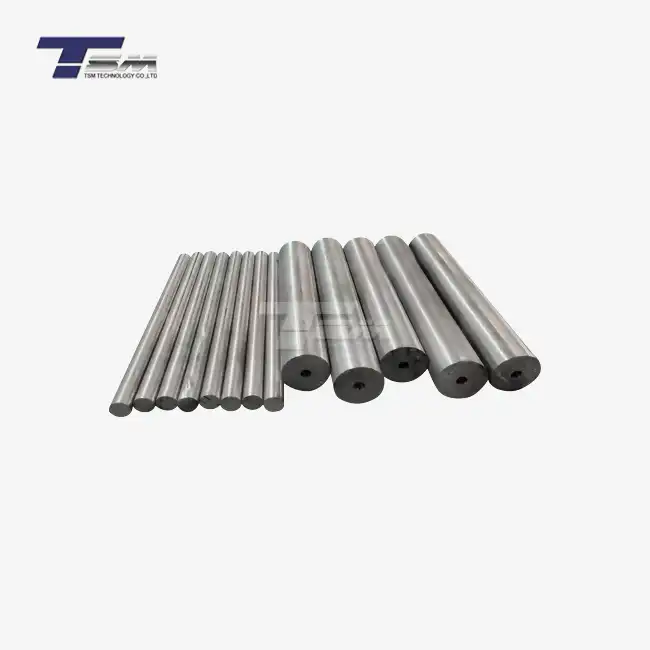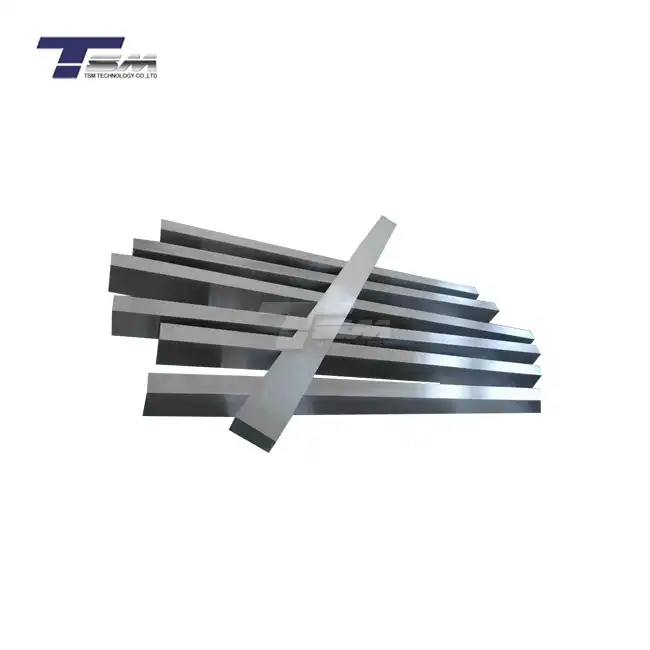- English
- French
- German
- Portuguese
- Spanish
- Russian
- Japanese
- Korean
- Arabic
- Greek
- German
- Turkish
- Italian
- Danish
- Romanian
- Indonesian
- Czech
- Afrikaans
- Swedish
- Polish
- Basque
- Catalan
- Esperanto
- Hindi
- Lao
- Albanian
- Amharic
- Armenian
- Azerbaijani
- Belarusian
- Bengali
- Bosnian
- Bulgarian
- Cebuano
- Chichewa
- Corsican
- Croatian
- Dutch
- Estonian
- Filipino
- Finnish
- Frisian
- Galician
- Georgian
- Gujarati
- Haitian
- Hausa
- Hawaiian
- Hebrew
- Hmong
- Hungarian
- Icelandic
- Igbo
- Javanese
- Kannada
- Kazakh
- Khmer
- Kurdish
- Kyrgyz
- Latin
- Latvian
- Lithuanian
- Luxembou..
- Macedonian
- Malagasy
- Malay
- Malayalam
- Maltese
- Maori
- Marathi
- Mongolian
- Burmese
- Nepali
- Norwegian
- Pashto
- Persian
- Punjabi
- Serbian
- Sesotho
- Sinhala
- Slovak
- Slovenian
- Somali
- Samoan
- Scots Gaelic
- Shona
- Sindhi
- Sundanese
- Swahili
- Tajik
- Tamil
- Telugu
- Thai
- Ukrainian
- Urdu
- Uzbek
- Vietnamese
- Welsh
- Xhosa
- Yiddish
- Yoruba
- Zulu
What to Look for When Buying Metals & Alloys for High-Temperature Service & Applications?
When purchasing metals and alloys for high-temperature service and applications, it's crucial to consider several key factors. First and foremost, evaluate the material's temperature resistance and oxidation behavior. Look for alloys with high melting points and excellent resistance to thermal fatigue. Next, assess the mechanical properties at elevated temperatures, including strength, creep resistance, and ductility. It's also essential to consider the material's corrosion resistance in the specific operating environment. Additionally, examine the alloy's thermal expansion characteristics, thermal conductivity, and microstructural stability. Lastly, factor in the material's availability, cost-effectiveness, and ease of fabrication. By carefully considering these aspects, you can ensure the selection of the most suitable metals and alloys for your high-temperature applications.
Understanding the Crucial Properties of High-Temperature Metals and Alloys
Temperature Resistance and Oxidation Behavior
When selecting metals and alloys for high-temperature applications, temperature resistance is paramount. Materials must maintain their structural integrity and performance at elevated temperatures. Look for alloys with high melting points and excellent resistance to thermal cycling. For instance, nickel-based superalloys like Inconel and Hastelloy exhibit exceptional strength and oxidation resistance at temperatures exceeding 1000°C.
Oxidation behavior is another critical factor to consider. At high temperatures, many metals react with oxygen in the atmosphere, forming oxide layers that can affect the material's properties. Seek alloys that form stable, adherent oxide scales, which can protect the underlying metal from further oxidation. Chromium-containing alloys, for example, often form protective chromia (Cr2O3) scales, enhancing their high-temperature corrosion resistance.

Mechanical Properties at Elevated Temperatures
The mechanical behavior of metals and alloys can change significantly at high temperatures. When selecting materials, consider their strength, creep resistance, and ductility at the intended operating temperature. High-temperature strength is crucial to prevent deformation under load, while creep resistance ensures the material doesn't experience time-dependent deformation under constant stress.
Ductility at elevated temperatures is also important, as it affects the material's ability to withstand thermal stresses without cracking. Some alloys, like certain grades of stainless steel, maintain good ductility at high temperatures, making them suitable for applications involving thermal cycling.
Corrosion Resistance in Specific Environments
High-temperature environments often involve corrosive elements beyond just oxygen. Depending on your application, you may need to consider resistance to sulfidation, carburization, or other forms of chemical attack. For instance, in petrochemical applications, materials may need to withstand sulfur-containing environments at high temperatures.
Molybdenum-containing alloys, such as some grades of Hastelloy, offer excellent resistance to reducing environments, while nickel-chromium alloys like Inconel provide good resistance in oxidizing conditions. Always evaluate the specific corrosive agents present in your application when selecting materials.
Thermal Properties and Microstructural Stability
Thermal Expansion and Conductivity
The thermal expansion coefficient of a material is crucial in high-temperature applications, especially where dimensional stability is important or where the material interfaces with others. Materials with low thermal expansion, such as certain nickel-iron alloys, can help minimize thermal stresses and maintain tight tolerances in precision components.
Thermal conductivity affects heat transfer within the material and can be important for thermal management. Some applications may require high thermal conductivity to dissipate heat quickly, while others may benefit from low thermal conductivity to maintain temperature gradients. Consider these factors based on your specific application requirements.
Microstructural Stability at High Temperatures
Long-term exposure to high temperatures can cause changes in a material's microstructure, potentially affecting its properties. Look for alloys that maintain stable microstructures over time at the intended operating temperature. This stability helps ensure consistent performance throughout the component's service life.
Some alloys are specifically designed for microstructural stability at high temperatures. For example, certain grades of Inconel are engineered to resist grain growth and maintain their strength and creep resistance during prolonged high-temperature exposure.
Phase Transformations and Precipitation Hardening
Understanding phase transformations that may occur at high temperatures is crucial when selecting materials. Some alloys undergo beneficial transformations that enhance their properties, while others may experience detrimental changes. For instance, precipitation-hardened alloys like certain grades of Monel can maintain their strength at elevated temperatures due to the presence of stable precipitates.
Consider the temperature range of your application and how it relates to any phase transformations or precipitation processes in the alloy. This understanding will help ensure the material maintains its desired properties throughout its operating temperature range.
Practical Considerations for Material Selection
Availability and Cost-Effectiveness
While performance is crucial, practical considerations like material availability and cost should not be overlooked. Some high-performance alloys may have limited availability or long lead times, which could impact your project timeline. Consider the balance between performance requirements and material costs to ensure a cost-effective solution.
It's also worth considering the long-term costs associated with material selection. A more expensive alloy that offers better corrosion resistance and longer service life may prove more cost-effective in the long run compared to a cheaper material that requires frequent replacement.
Fabrication and Joining Considerations
The ease of fabrication and joining can significantly impact the overall cost and feasibility of using a particular alloy. Some high-temperature alloys may require specialized welding techniques or heat treatments to maintain their properties. Consider the manufacturability of the material, including its machinability, weldability, and formability.
For instance, while some nickel-based superalloys offer excellent high-temperature properties, they can be challenging to machine and may require specialized tooling. Factor these considerations into your material selection process to ensure the chosen alloy is compatible with your manufacturing capabilities.
Regulatory Compliance and Industry Standards
Depending on your industry and application, there may be specific regulatory requirements or industry standards that influence material selection. For example, aerospace applications often have stringent material specifications and certification requirements. Ensure that the alloys you're considering comply with relevant standards and regulations.
Additionally, consider any industry-specific performance criteria or testing requirements. Some industries may require materials to meet specific creep rupture life criteria or have particular corrosion resistance standards. Familiarize yourself with these requirements to ensure your material selection aligns with industry expectations.
Conclusion
Selecting the right metals and alloys for high-temperature service and applications requires a comprehensive understanding of material properties and careful consideration of application-specific requirements. By evaluating temperature resistance, mechanical properties, corrosion resistance, thermal characteristics, and microstructural stability, you can make informed decisions that ensure optimal performance and longevity of your components. Remember to balance these technical considerations with practical factors like availability, cost-effectiveness, and fabrication ease. With thorough research and thoughtful analysis, you can confidently choose materials that meet the demanding requirements of high-temperature environments.
Contact Us
For expert guidance on selecting superior nickel alloys and special metals for your high-temperature applications, contact TSM TECHNOLOGY at info@tsmnialloy.com. Our team of specialists is ready to help you find the perfect material solution for your unique needs.
References
Smith, J.R. and Johnson, M.K. (2020). High-Temperature Alloys: Properties and Selection Criteria. Journal of Materials Engineering and Performance, 29(8), 5132-5150.
Chen, X. and Wang, Y. (2019). Oxidation Behavior of Nickel-Based Superalloys in High-Temperature Environments. Corrosion Science, 152, 120-135.
Thompson, A.B. and Davis, R.L. (2021). Creep Resistance in Advanced High-Temperature Alloys. Materials Science and Engineering: A, 812, 141086.
Liu, H. and Zhang, W. (2018). Microstructural Stability of Precipitation-Hardened Alloys at Elevated Temperatures. Acta Materialia, 156, 350-364.
Brown, E.S. and White, P.J. (2022). Fabrication Challenges and Solutions for High-Temperature Alloys in Industrial Applications. Welding Journal, 101(5), 132-142.
Garcia, M.R. and Lee, K.S. (2020). Regulatory Considerations in Material Selection for Aerospace High-Temperature Applications. Advanced Materials and Processes, 178(3), 24-29.
Learn about our latest products and discounts through SMS or email


_1739071581132.webp)
